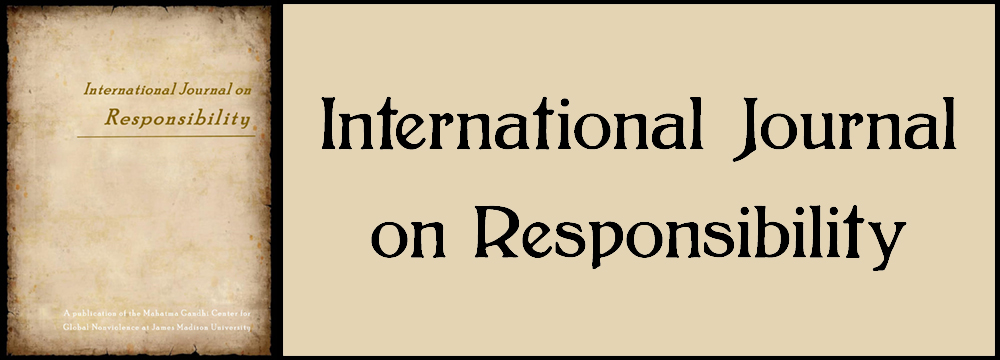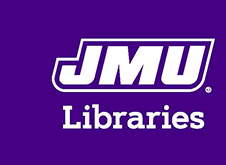
Abstract
The Environmental Justice (EJ) movement in the United States is comprised of diverse groups of people with a variety of environmental grievances and interests coming together to obtain equal distribution of pollution burdens across communities, reduce environmental hazards, and ensure fair enforcement of laws and policies meant to safeguard the environment for all. The 17 Principles of Environmental Justice developed in 1991 at the First National People of Color Environmental Leadership Summit remains a touchstone document today. In addition to Indigenous and Black leadership, religious communities also made the Summit possible. Religious adherents and institutions have always influenced the movement by offering material and/or non-material support. Non-material support comes in the form of moral suasion, that is, religious values put into action to promote the EJ movement. Material support includes the use of religious spaces, organization, built-in audiences, time, money, affinity groups to take direct action, and mutual aid practices of religious communities for the EJ movement. This paper features 21st century examples of moral suasion from Islam, Hinduism, Judaism, Buddhism, and Christianity, showing how each case study relates to the EJ Principles. Religions in and of themselves are long social movements that have existential claims. While codified over time, religions remain fundamentally groups of humans who work together to promote a socio-cosmic order. The ongoing interactions of the EJ movement and religions (as social movements) matters in the quest for a livable, sustainable world where all beings can flourish in the large web of life.
Type of Issue
Special issue
Recommended Citation
Nahar, Sarah Elizabeth
(2026)
"Religious Moral Suasion and Material Support for the Environmental Justice Movement,"
International Journal on Responsibility: Vol. 9:
Iss.
1, Article 1.
DOI: https://doi.org/10.62365/2576-0955.1129
Available at:
https://commons.lib.jmu.edu/ijr/vol9/iss1/1
DOI
10.62365/2576-0955.1129
Creative Commons License

This work is licensed under a Creative Commons Attribution-NonCommercial-Share Alike 4.0 International License.


